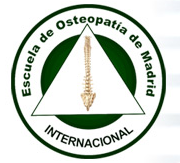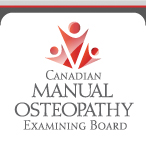About the Mulligan Concept
Introduction
The Physiotherapy treatment of musculoskeletal injuries has progressed from itsfoundation in remedial gymnastics and active exercise to therapist-applied passive physiological movements and on to therapist-applied accessory techniques. Brian Mulligan's concept of mobilisations with movement (MWMS) in the extremities and sustained natural apophyseal glides (SNAGS) in the spine are the logical continuance of this evolution with the concurrent application of both therapist applied accessory and patient generated active physiological movements.
Principles of Treatment
In the application of manual therapy techniques, Physiotherapists acknowledge that contraindications to treatment exist and should be respected at all times. Although always guided by the basic rule of never causing pain, therapist choosing to make use of SNAGS in the spine and MWMs in the extremities must still know and abide by the basic rules of application of manual therapy techniques.
Specific to the application of MWM and SNAGS in clinical practice, the following basic principles have been developed
- During assessment the therapist will identify one or more comparable signs as described by Maitland. These signs may be a loss of joint movement, pain associated with movement, or pain associated with specific functional activities (i.e., lateral elbow pain with resisted wrist extension, adverse neural tension).
- A passive accessory joint mobilisation is applied following the principles of Kaltenborn (i.e., parallel or perpendicular to the joint plane). This accessory glide must itself be pain free.
- The therapist must continuously monitor the patient's reaction to ensure no pain is recreated. Utilising his/her knowledge of joint arthrology, a well-developed sense of tissue tension and clinical reasoning, the therapist investigates various combinations of parallel or perpendicular glides to find the correct treatment plane and grade of movement.
- While sustaining the accessory glide, the patient is requested to perform the comparable sign. The comparable sign should now be significantly improved (i.e., increased range of motion, and a significantly decreased or better yet, absence of the original pain).
- Failure to improve the comparable sign would indicate that the therapist has not found the correct contact point, treatment plane, grade or direction of mobilisation, spinal segment or that the technique is not indicated.
- The previously restricted and/or painful motion or activity is repeated by the patient while the therapist continues to maintain the appropriate accessory glide. Further gains are expected with repetition during a treatment session typically involving three sets of ten repetitions.
- Further gains may be realised through the application of passive overpressure at the end of available range. It is expected that this overpressure is again, pain-free.
Self-treatment is often possible using MWM principles with adhesive tape and/or the patient providing the glide component of the MWM and the patient's own efforts to produce the active movement. Pain is always the guide. Successful MWM and Snags techniques should render the comparable sign painless while significantly improving function during the application of the technique. Sustained improvements are necessary to justify ongoing intervention.
Mulligan Concept








 8:29
8:29
 Daniel Enriquez de Guevara
Daniel Enriquez de Guevara




























.jpg)






















0 comentarios :
Publicar un comentario